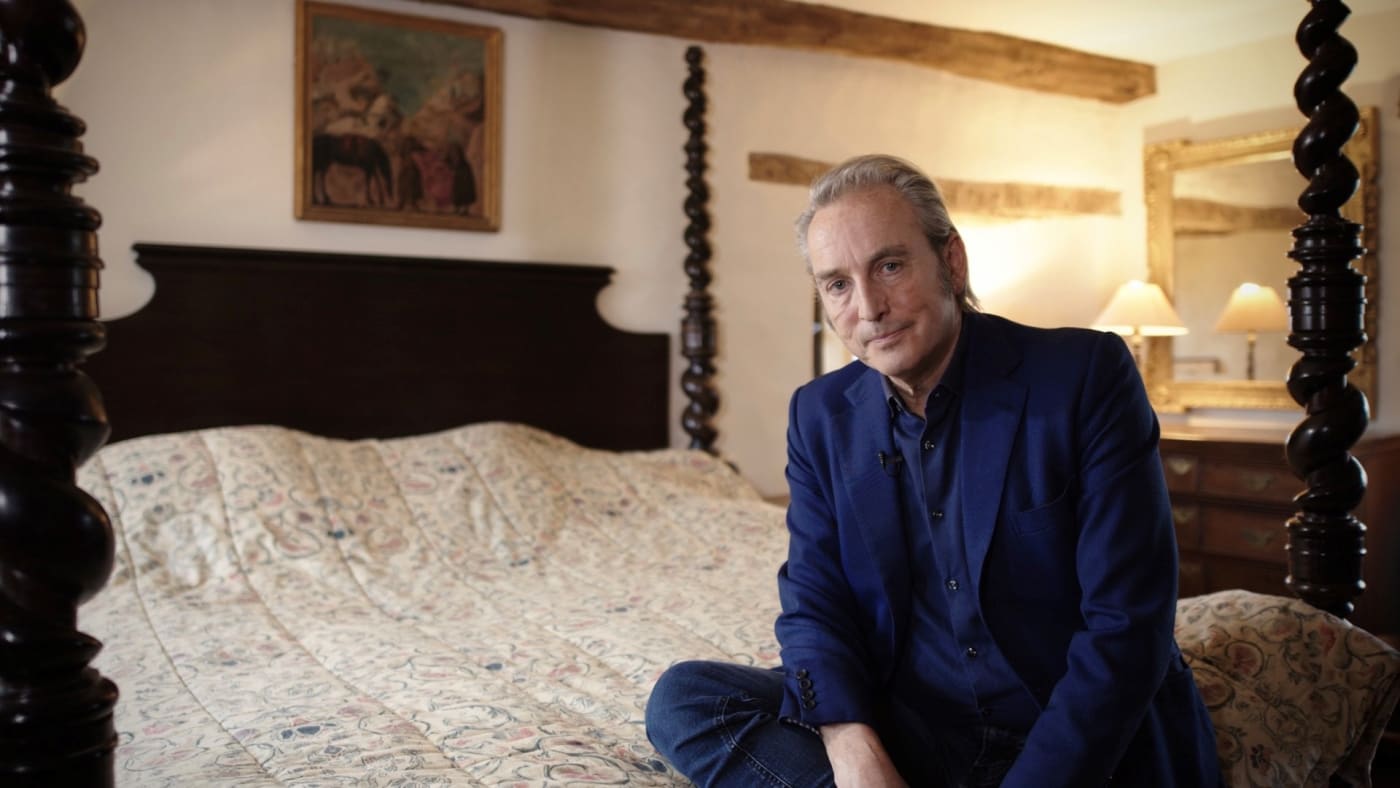Roger Fry's Modernist Makeover of Italian Master, Giotto di Bondone, is the subject of this episode of Art in Isolation...
Out of all the most eminent artistic and literary figures to emerge from the ‘Bloomsbury Group’ it was perhaps Roger Eliot Fry who held the most significant influence over his peers. Commenting in her biography of Fry (published in 1940) Virginia Woolf (1882-1941) noted of Fry that ‘he had more knowledge and experience than the rest of us put together’. His authoritative handling of the Post-Impressionist exhibitions of 1910 and 1912 held at the Grafton Galleries in London assured Fry’s position as the most informative interpreter of French avant-garde tendencies in Britain at the time. To embrace French Modernism with such a confident and intuitive understanding of artists such as Paul Cézanne (1839-1906), Paul Gauguin (1848-1903), Vincent Van Gogh (1853-1890), and Henri Matisse (1869-1954), indicated that Fry was significantly ahead of his time.
It was during this period in his career, following on from a curatorial position at the Metropolitan Museum of Art in New York, that Fry became fully integrated into the Bloomsbury circle. Bringing with him his unrivalled knowledge of Art History and French Modernism, Fry had a profound impact on the artistic direction of two of the group’s most prominent members; Duncan Grant (1885-1978) and Vanessa Bell (1879-1961). It is at this point in their respective careers that their painting becomes more aesthetically concerned with formal relationships within the work of art itself. This shift is indebted to Fry’s interpretation of French Post-Impressionist painting. In 1913 both Grant and Bell joined Fry’s newly formed Omega Workshops at 33 Fitzroy Square which aimed to unite the decorative and fine arts together in a practical and sustainable manner.




